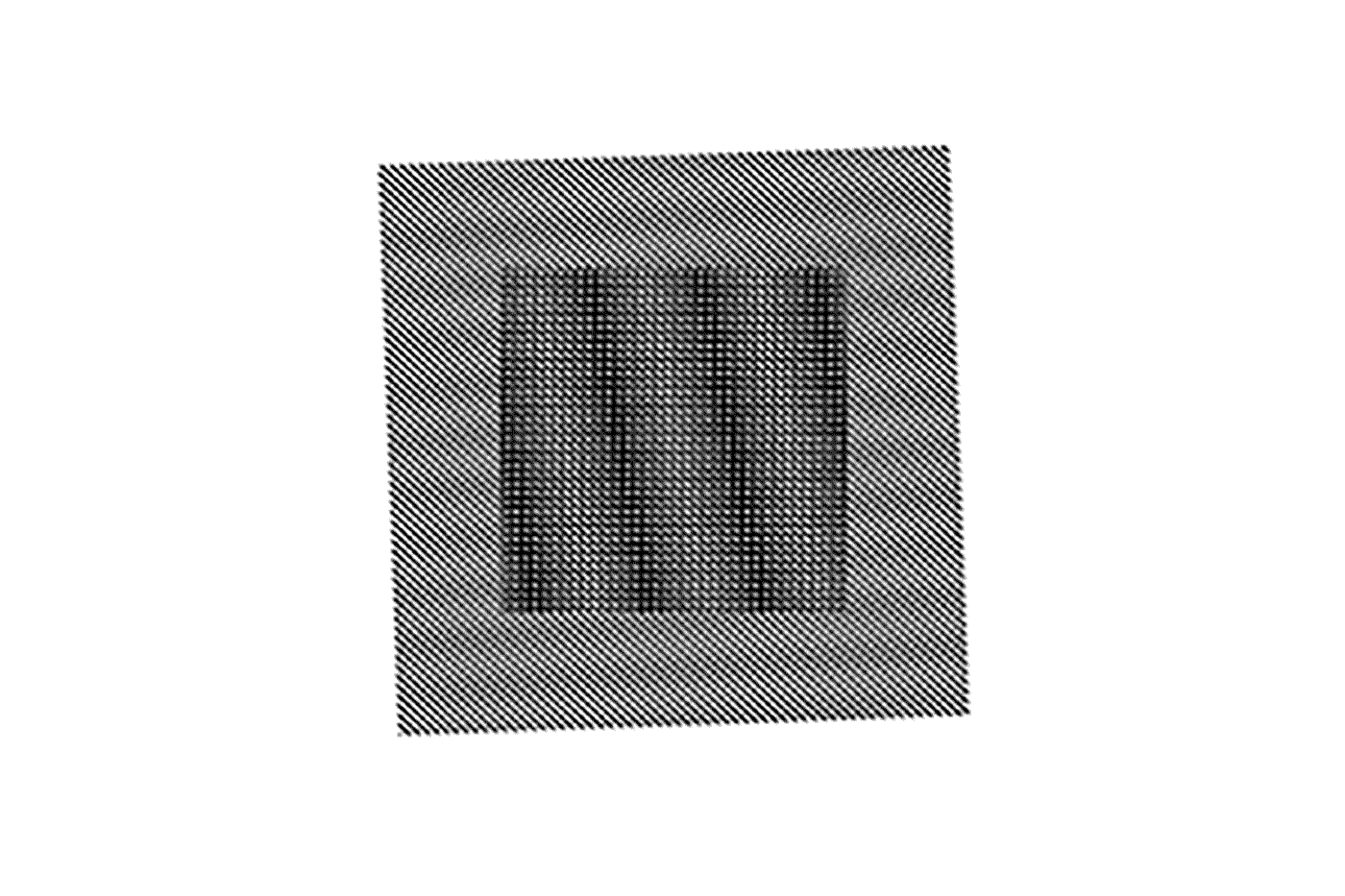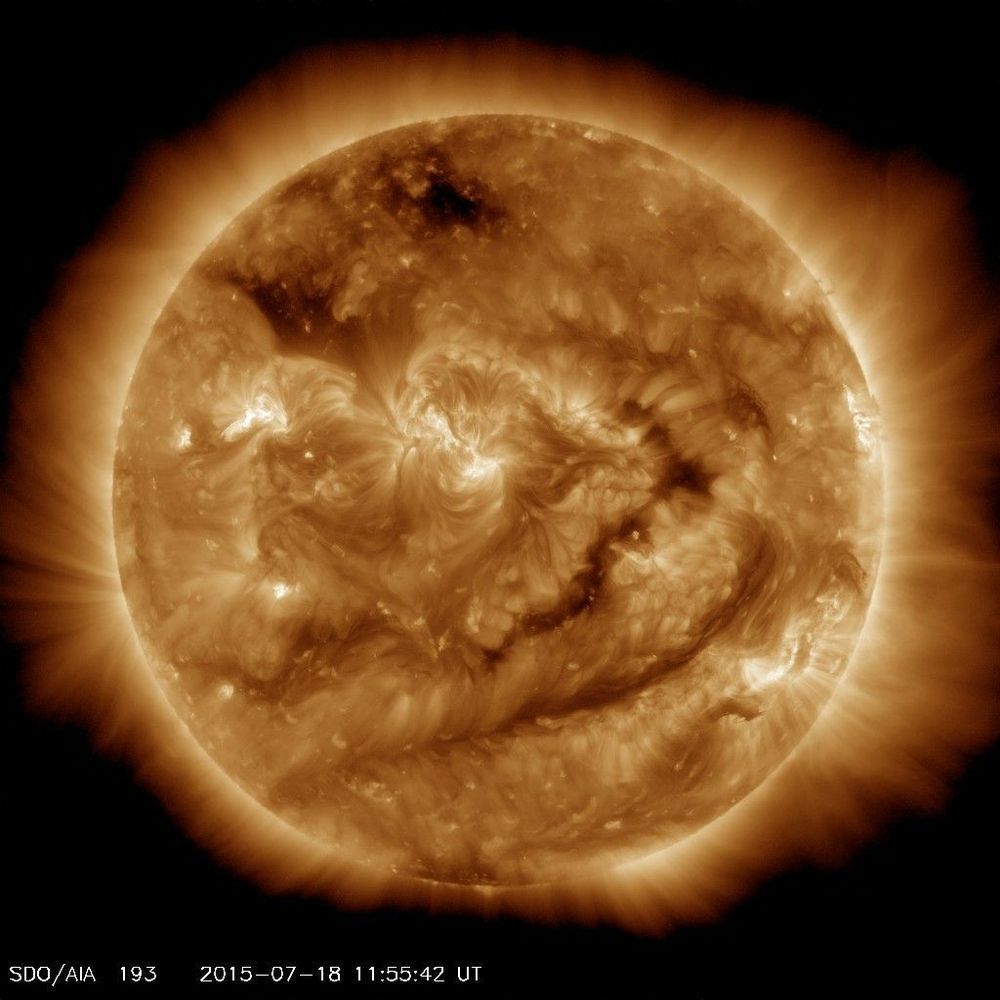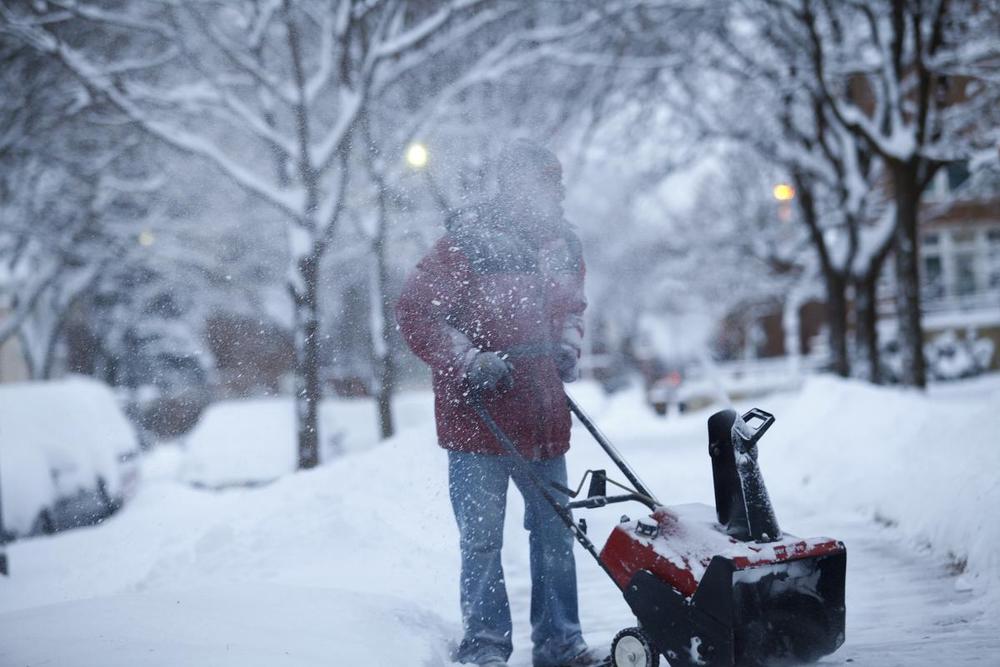Feb 27, 2020
Physicists may have accidentally discovered a new state of matter
Posted by Quinn Sena in categories: climatology, computing, mobile phones, physics
Humans have been studying electric charge for thousands of years, and the results have shaped modern civilization. Our daily lives depend on electric lighting, smartphones, cars, and computers, in ways that the first individuals to take note of a static shock or a bolt of lightning could never have imagined.
Now, physicists at Northeastern have discovered a new way to manipulate electric charge. And the changes to the future of our technology could be monumental.
“When such phenomena are discovered, imagination is the limit,” says Swastik Kar, an associate professor of physics. “It could change the way we can detect and communicate signals. It could change the way we can sense things and the storage of information, and possibilities that we may not have even thought of yet.”


















